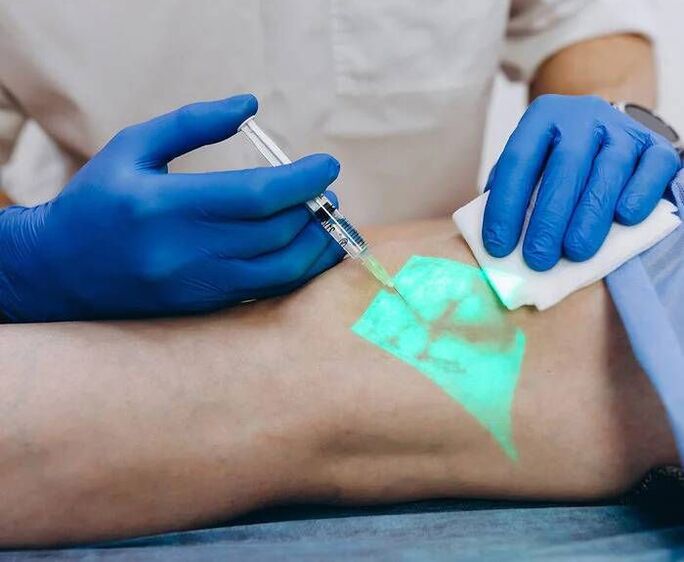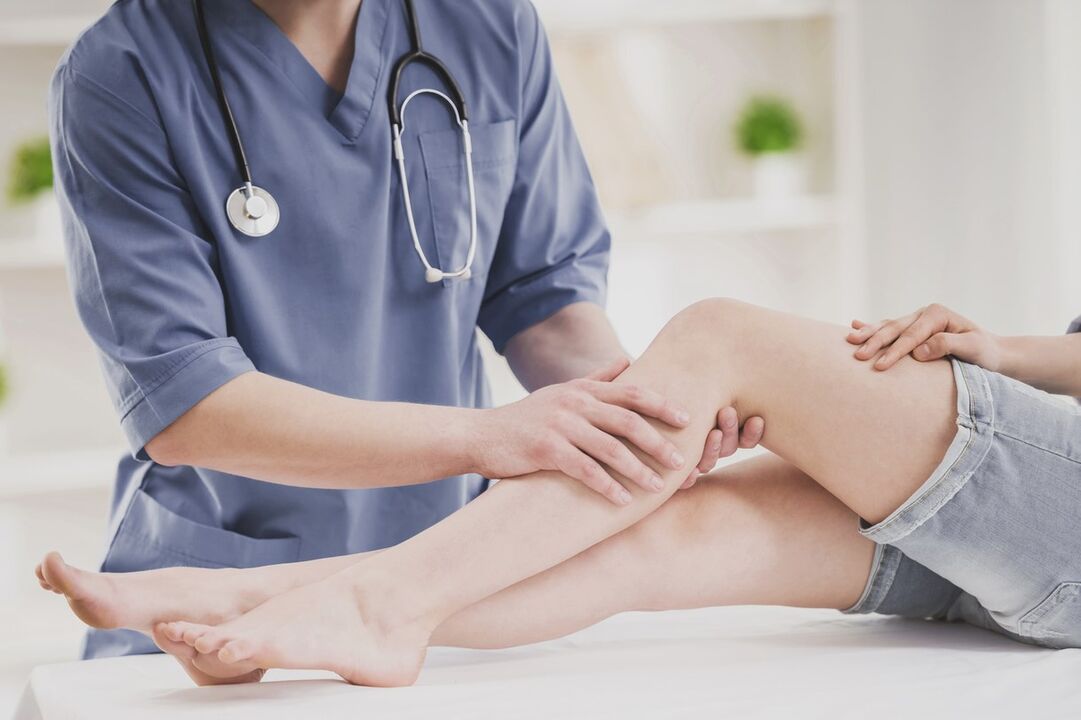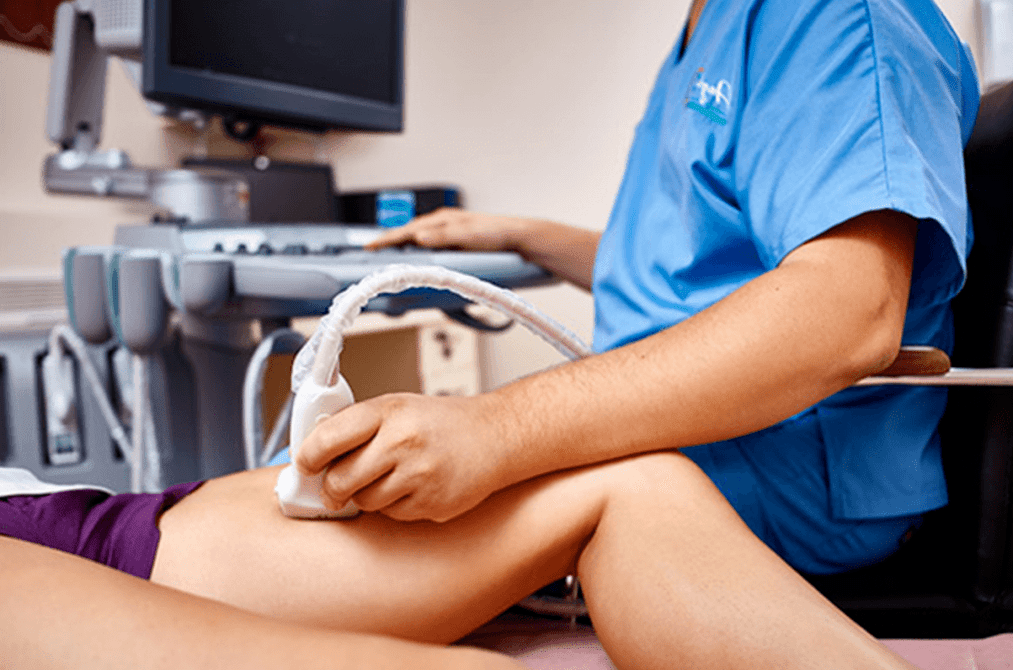Veins are blood vessels that help bring blood back to the heart. Increased pressure in the superficial veins can lead to the development of varicose veins.
Varicose veins can develop anywhere in your body, but the lower part of the leg is most often affected.
Many factors can increase your risk of developing varicose veins, including:
- descent
- overweight
- aged
- pregnancy
- work that requires prolonged sitting or standing
Varicose veins can be treated with non -invasive methods, with little time and without changing the rhythm of your normal life. The main goal of treatment is to relieve symptoms, prevent complications and achieve good cosmetic results. Varicose veins enlarge, can change shape and cause pain. They are usually raised above the skin and convex, and also have a red or bluish color.
Varicose veins often occur through an underlying condition known as chronic venous insufficiency. Varicose veins are very common, especially in women.
Tendency to varicose veins
Varicose veins can occur in men or women regardless of age. More common:
- women who have had multiple pregnancies
- in menopausal women
- in men over 50 years of age
- in people of any age who have varicose veins in the family
- in men and women with occupations that require prolonged sitting or standing, such as nurses, teachers, drivers, etc.
What causes varicose veins?
Varicose veins usually develop in the legs because the veins in the legs need to pump blood to the heart against gravity.
Less common causes of varicose veins are phlebitis (inflammation of the veins) and congenital venous anomalies. Varicose veins are usually caused by a condition called venous insufficiency.
- Venous valve. The veins in the legs have valves that block the return flow of blood. When the function of this valve is disrupted, blood in the veins begins to accumulate and is not sent to the heart completely.
- Enlargement of the veins. The veins enlarge, and the increased pressure leads to the development of varicose veins.
- Weakness of the vein wall. In addition, weakness in the venous wall (due to trauma or blood clotting in the past) can also cause valve damage and the formation of varicose veins.
What are the signs of varicose veins?
Many cases of varicose veins are asymptomatic, but visual signs of venous involvement include:
- The veins are large, winding and bulging
- Swollen ankles, sore feet
- Feeling heavy in the legs, especially at night
- Telangiectasias (spider veins) in the same area as varicose veins
- Lipodermatosclerosis (hard fat deposits under the skin)
- Skin discoloration to bluish or brown on the dry bones and ankles
- Varicose eczema (congestive dermatitis) of dry, itchy and red skin in the affected area
- leg cramp
- restless legs syndrome
How to cure varicose veins?
There are various types of treatments for varicose veins. The best treatment will depend on the structure of your venous system:
- Location and size of the affected vein
- Presence or absence of symptoms
- The presence of associated skin changes (e. g. , dermatitis, edema, ulcers, etc. )
Treatment of varicose veins without surgery is a priority. Potentially effective treatments for varicose veins include:
- Sclerotherapy. The introduction of special drugs into the veins, which leads to adhesion of the vessel wall
- Laser ablation The destruction of abnormal veins using radio frequency, laser or other techniques
- Miniphlebectomy. Painless surgical treatment of varicose veins



Is it safe to treat varicose veins?
On the Internet, you can often see search queries such as "varicose vein treatment medication, varicose ointment treatment, varicose vein treatment at home or varicose vein treatment with folk remedies. " Such methods have no effective evidence base, and self-treatment only delayshigh -quality therapy and exacerbate the condition of the veins.
Laser varicose vein treatment is safe and easy. The advent of minimally invasive therapy in the early 2000s has led to an excellent prognosis and minimal risk for most treatments.
It is important to contact a specialized phlebologist so that he or she selects an individual treatment plan that will focus on the specific course of your illness.
How to diagnose varicose veins?
- Physical examination. A phlebologist performs a physical examination and takes a complete medical history, taking into account your symptoms and the condition of your venous system.
- Ultrasound examination. To detect venous insufficiency, the doctor will order an ultrasound scan. A vein ultrasound allows a complete assessment of your venous system. The doctor will check if you have a blood clot by looking at the extent to which the varicose veins are localized.


What happens if varicose veins are not treated?
If you do not feel any symptoms, then you can control the condition of the veins without treatment. However, in some cases, varicose veins can lead to the development of blood clots or venous ulcers (wounds that do not heal). Sometimes varicose veins can rupture and cause severe bleeding. If you suffer from varicose veins, consultation and examination by a phlebologist is recommended.


















